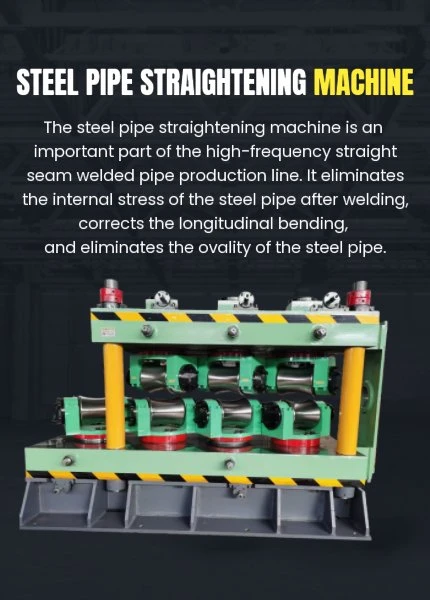Innovative Techniques for Optimizing Flying Shear in Rolling Mill Operations
Understanding the Flying Shear in Rolling Mills
The rolling mill process is a critical aspect of metal manufacturing, involving various operations designed to form and shape metals into desired products. One of the most innovative features in modern rolling mills is the “flying shear” system. This technology is not only central to enhancing production efficiency but also essential for ensuring product quality and integrity.
The Role of Flying Shear in Rolling Processes
In rolling mills, metals are processed into sheets or bars by being passed through a series of rollers that reduce their thickness. As these materials are continuously produced, there comes a point where they need to be cut into specific lengths for further processing or packaging. This is where the flying shear comes into play.
A flying shear is a cutting tool that operates in synchronization with the production line. Unlike traditional shears that require the material to stop for cutting, flying shears are designed to cut the metal as it is being transported, maintaining the high-speed flow of the material through the mill. This capability significantly reduces production times and increases the output of the mill.
Mechanism and Operation
The flying shear system typically consists of a pair of blades that move swiftly to intersect the path of the moving metal. The timing of the shear blade’s movement is precisely controlled to align with the speed of the material’s travel, allowing for a clean cut without disrupting the overall flow.
This advanced mechanism involves complex control systems that track the speed and position of the metal product, ensuring that cuts are executed accurately. The integration of sensors and automation technology allows for real-time adjustments, enhancing the precision and efficiency of the cutting process.
Advantages of Flying Shears
1. Increased Efficiency The primary advantage of employing flying shears in rolling mills is the significant increase in operational efficiency. By reducing idle time during cutting, production rates soar, enabling manufacturers to meet higher demand levels without compromising on quality.
rolling mill flying shear

2. Quality Control The flying shear provides consistent and precise cuts, which are crucial for ensuring that the final products adhere to strict specifications. This is particularly important in industries where dimensions and tolerances are critical.
3. Reduced Waste Traditional cutting methods can sometimes lead to significant material waste due to inaccuracies in the cutting process or misalignment. Flying shears minimize this risk, as they operate in a continuous flow, leading to less scrap material.
4. Operational Flexibility Modern flying shears can be programmed for various cutting requirements, making them flexible for different products and sizes. This adaptability allows mills to respond quickly to changing market demands and customer specifications.
5. Safety Features With advancements in technology, flying shear systems are equipped with numerous safety features that ensure the protection of operators. Automated systems reduce human intervention, lowering the risk of accidents during the cutting process.
Challenges and Considerations
Despite the numerous advantages, the implementation of flying shear systems is not without challenges. The complexity of integrating advanced control systems into existing mills requires careful planning and investment. Additionally, maintenance is critical, as the high-speed operation induces wear and tear on the shear components. Regular inspections and precise adjustments are necessary to keep the system running smoothly.
Furthermore, operators must be adequately trained to handle and troubleshoot these sophisticated machines, ensuring a combination of technical skill and safety awareness in the workplace.
Conclusion
The flying shear is a testament to the evolution of metal processing technologies within rolling mills. Its ability to cut materials on the fly significantly enhances efficiency, quality, and safety in manufacturing processes. As industries continue to demand higher production rates and tighter tolerances, the flying shear will undoubtedly play an increasing role in the future of metalworking, driving innovation and maintaining competitive advantage. Embracing this technology is essential for producers wishing to stay at the forefront of the manufacturing sector. With ongoing advancements and improvements, the future of flying shears looks promising, paving the way for even more refined and efficient rolling processes.
-
High Frequency Straight Seam Welded Pipe Production Line-BzZhou Xinghua Machinery Equipment Manufacturing Co., LTD.|Precision Welding, High EfficiencyNewsJul.30,2025
-
High Frequency Straight Seam Welded Pipe Production Line|BzZhou Xinghua|Precision Welding&EfficiencyNewsJul.30,2025
-
High Frequency Straight Seam Welded Pipe Production Line - BzZhou Xinghua|Precision Engineering&EfficiencyNewsJul.30,2025
-
High-Frequency Straight Seam Welded Pipe Production Line-BzZhou Xinghua Machinery Equipment Manufacturing Co., LTD.NewsJul.30,2025
-
High-Frequency Straight Seam Welded Pipe Production Line-BzZhou Xinghua Machinery Equipment Manufacturing Co., LTD.|Precision Manufacturing, High EfficiencyNewsJul.30,2025
-
High Frequency Straight Seam Welded Pipe Production Line-BzZhou Xinghua Machinery Equipment Manufacturing Co., LTD.|Precision Steel Pipe Manufacturing&Industrial EfficiencyNewsJul.29,2025


